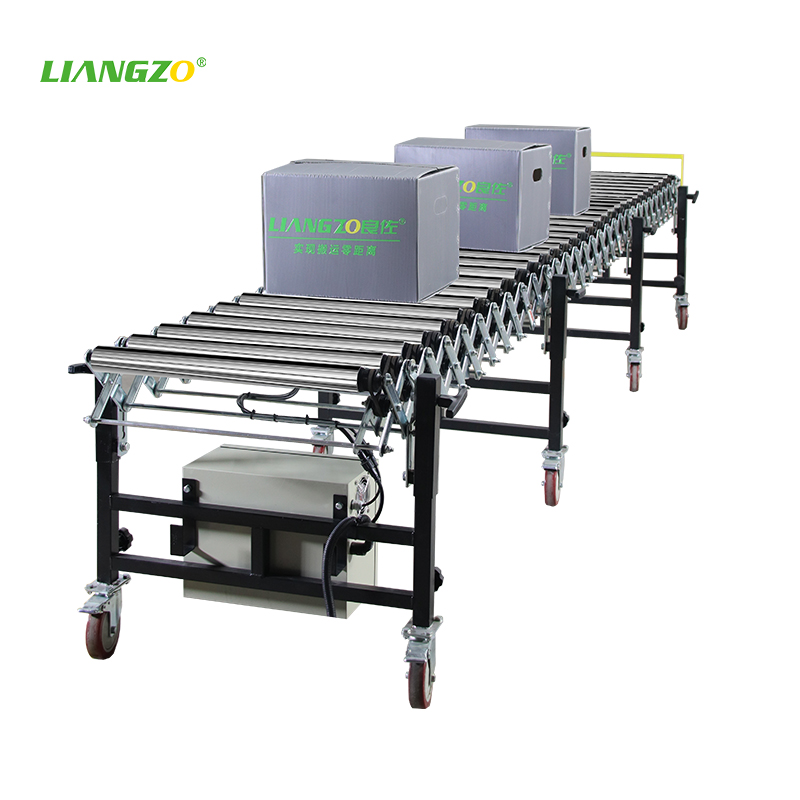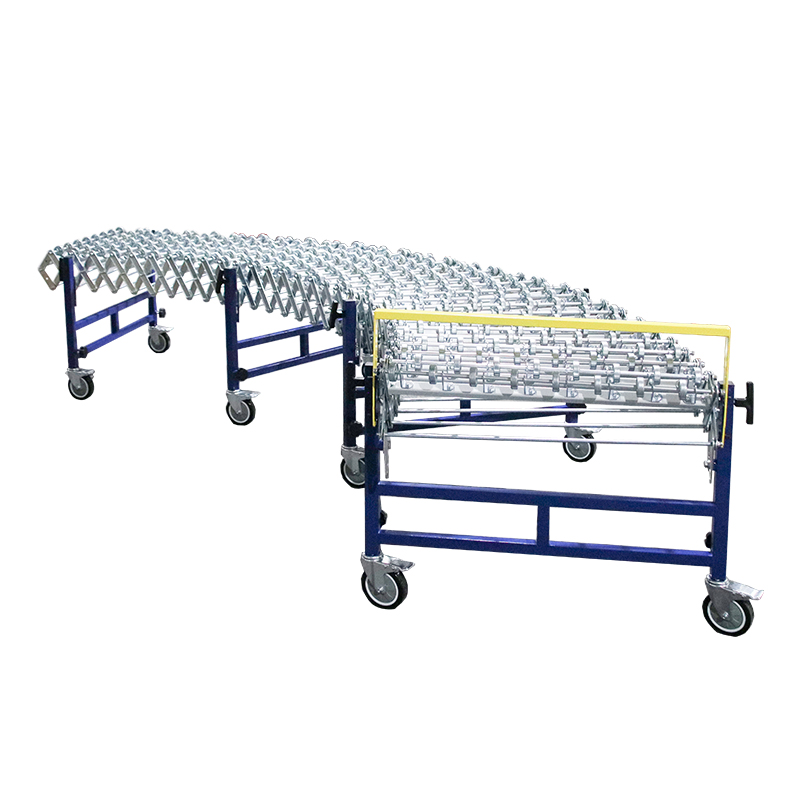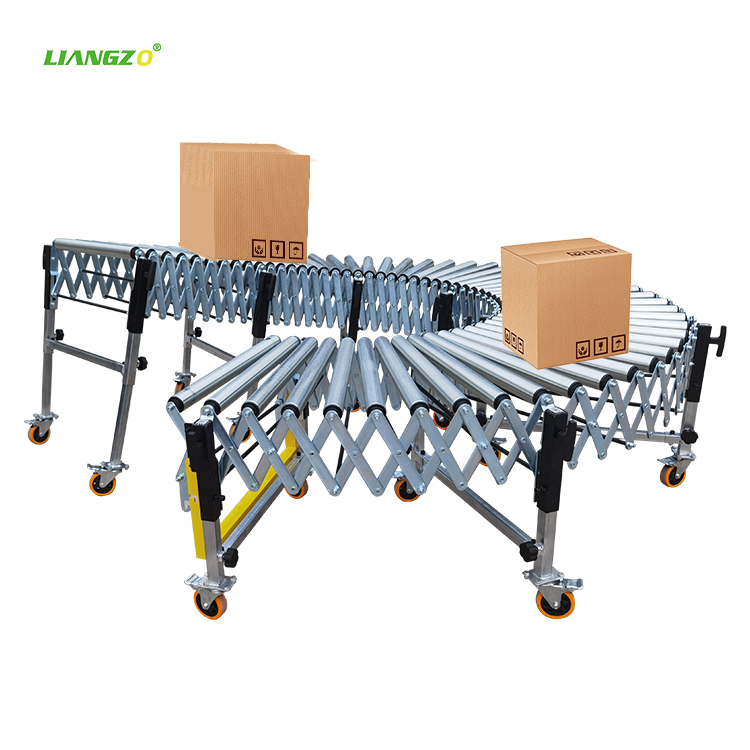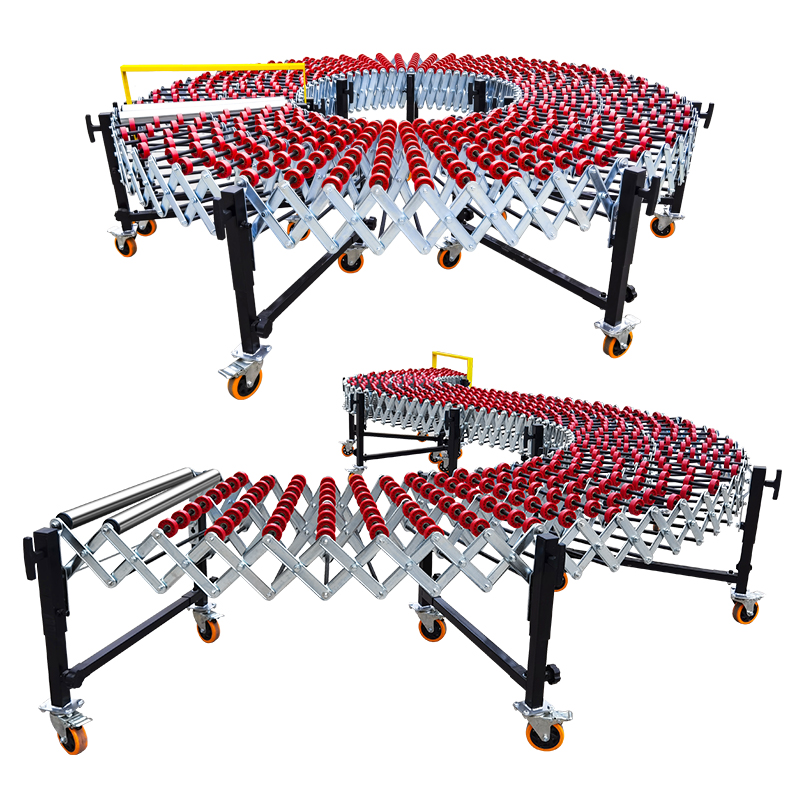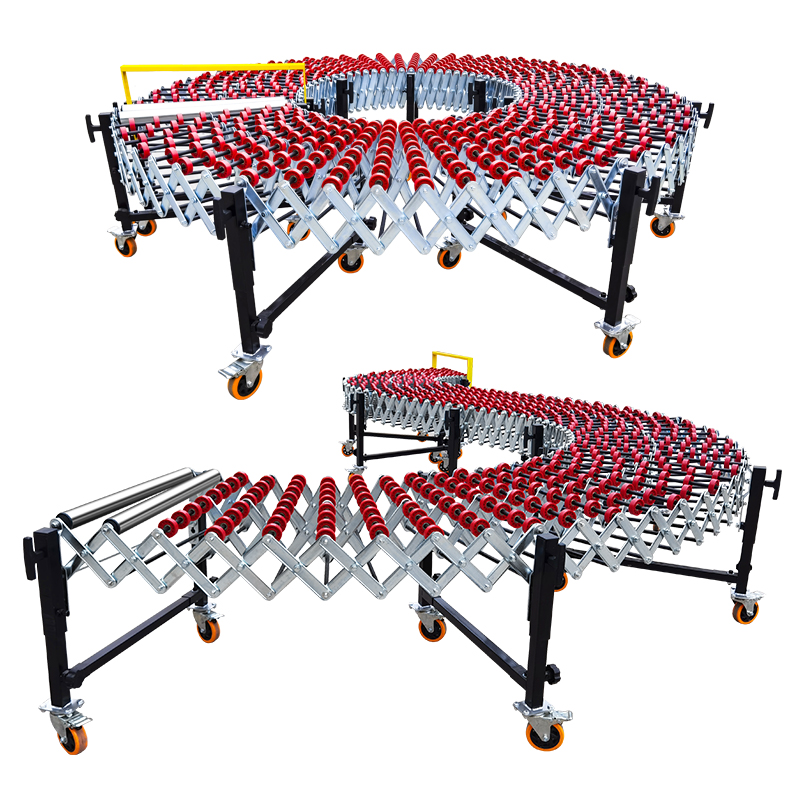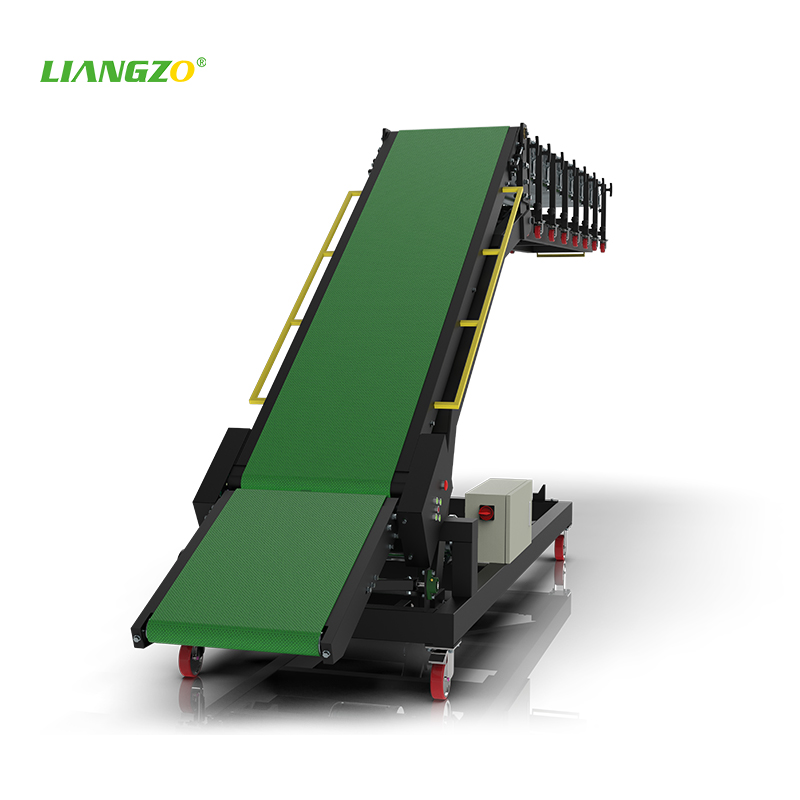In an era defined by volatile supply chains and shifting consumer demands, manufacturers and distributors are turning to flexible automation to stay competitive. At the heart of this transformation lies a seemingly simple innovation: the modular conveyor system.
For decades, traditional, fixed conveyor systems were the backbone of industry. These custom-engineered behemoths were designed for a single, specific task in a specific location. They were powerful, but they were also rigid, expensive, and time-consuming to install. Any change in the production line, product design, or factory layout meant a costly, disruptive, and often lengthy re-engineering process.
Today, that paradigm is shifting. The need for agility and scalability is no longer a luxury but a necessity for survival and growth. Enter the modular conveyor—a system composed of standardized, pre-engineered components that can be easily configured, reconfigured, and expanded like industrial Lego bricks. This technology is proving to be the critical enabler for businesses navigating the complexities of the modern market.
What Exactly is a Modular Conveyor System?
A modular conveyor system is built from a range of interchangeable parts: straight sections, curves, merges, diverts, transfers, and supports. These components are designed to connect seamlessly, often without the need for specialized tools or welding. They are typically powered by individual, integrated motors in each module or zone, controlled by a centralized programmable logic controller (PLC) that can be easily reprogrammed for new workflows.
The core principle is flexibility. Unlike its fixed predecessor, a modular conveyor is not a permanent fixture. It is a dynamic asset that can evolve with the business.
The Engine of Agile Manufacturing
Agile manufacturing is the ability to respond rapidly to changes in customer demand, whether for product variations, batch sizes, or new products altogether. Modular conveyors are the physical embodiment of this principle on the factory floor.
1. Rapid Reconfiguration: Imagine a consumer electronics company that needs to switch its line from assembling tablets to smart home devices. The assembly process, testing stations, and packaging requirements are different. With a fixed system, this changeover could take weeks of downtime. With a modular system, the layout can be altered in a matter of days or even hours. Curves can be re-routed, new spur lines can be added for kitting, and workstations can be repositioned to optimize the new workflow. This drastically reduces changeover times and allows for small-batch, high-mix production, which is a hallmark of modern manufacturing.
2. Floor Space Optimization: Factory floor space is expensive real estate. Modular systems can be designed to fit into tight or irregular spaces, including multi-level layouts. They can be easily extended, shortened, or reoriented to make the most of every square foot. This is particularly valuable for businesses experiencing growth in high-cost urban areas or operating in retrofitted facilities where a custom system would not fit.
3. Prototyping and Future-Proofing: For companies launching a new product, the full-scale production process may not be fully defined. A modular conveyor allows them to set up a pilot line, test different material flow paths, and refine the process without committing to a massive capital expenditure. Once the optimal flow is identified, the same system can be scaled up for full production. This de-risks innovation and ensures that the material handling system does not become a bottleneck for new product introduction.
The Backbone of Scalable Operations
Scalability—the ability to expand capacity efficiently—is crucial for businesses aiming for growth. Modular conveyors are inherently scalable, making them ideal for industries like e-commerce, logistics, and third-party logistics (3PLs), where demand can be seasonal and unpredictable.
1. Seamless Expansion: A 3PL warehouse handling contracts for multiple clients needs a system that can grow with its client base. Starting with a core sorting and induction loop, managers can add new pick lines, sortation spurs for specific clients, or extend the system to a newly leased section of the warehouse. This "pay-as-you-grow" model prevents massive upfront investments and aligns capital expenditure with actual revenue.
2. Seasonal Fluidity: E-commerce fulfillment centers face immense pressure during peak seasons like the holidays. Modular conveyors allow them to create temporary surge lines. These additional lines can be installed for the high-demand period to handle the increased volume and then dismantled and stored until needed again, avoiding the cost of maintaining underutilized fixed assets year-round.
3. Simplified Maintenance and Upgrades: Downtime is the enemy of productivity. In a monolithic fixed conveyor, a single point of failure can halt the entire line. Modular systems are designed with redundancy and easy maintenance in mind. If a motorized roller in one module fails, that specific section can be isolated, and the module can be quickly swapped out with a spare, minimizing disruption. Furthermore, as new technologies emerge—such as smarter sensors or more efficient drives—they can be integrated into individual modules without requiring a full system overhaul.
Real-World Applications and Impact
The impact of modular conveyors is being felt across a diverse range of sectors:
E-commerce Fulfillment: A major online retailer used a modular conveyor system to design a fulfillment center that could be reconfigured based on the size and category of products being processed, from small electronics to bulky household goods. This flexibility allowed them to achieve a 30% increase in daily order throughput.
Automotive Manufacturing: A tier-one automotive supplier implemented a modular system in its sub-assembly area. This allowed them to quickly adapt their line to produce different variants of a component for multiple car models on the same day, responding to just-in-time delivery requirements from the automaker.
Pharmaceuticals: A pharmaceutical company used modular, sanitary conveyors for its packaging line. When it needed to introduce a new product with different vial sizes and packaging, the line was reconfigured over a single weekend, avoiding a week of lost production that a fixed system would have required.
The Future is Flexible
The trend towards modularity is only accelerating, fueled by the integration of Industry 4.0 technologies. Modern modular conveyors are becoming smarter, with embedded sensors that provide real-time data on performance, energy consumption, and predictive maintenance needs. When integrated with a Warehouse Management System (WMS) or Manufacturing Execution System (MES), these conveyors become not just a means of moving goods, but a data-rich network that provides unprecedented visibility and control over the entire operation.
In conclusion, the era of the one-size-fits-all, permanent conveyor is over. In its place, the modular conveyor has emerged as a strategic tool. It is no longer just a piece of machinery; it is a foundational element of a resilient, responsive, and efficient business. By empowering companies to adapt at the speed of the market, modular conveyors have truly become the key to agile manufacturing and scalable operations, proving that in the modern industrial landscape, the ultimate strength lies in flexibility.


